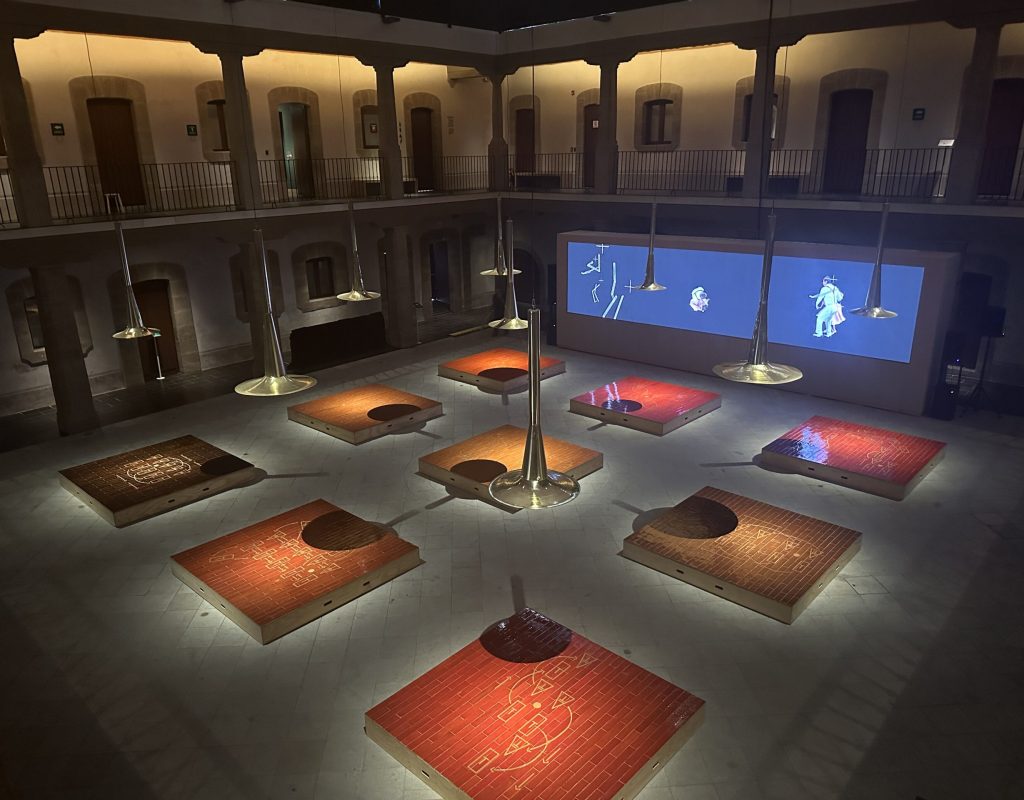
Pista de Baile
Curadora
Data sheet
Credits
DETALLES DEL PROYECTO
Tania Candiani explores graphic systems that synthesize natural and social phenomena using notations that frequently function as instructions. For her, these translations are one of the methodologies that link her video work, created with individuals and groups, with more abstracted paintings and sculptures. Pista de Baile (Dance Floor) (2024) is a new artwork commissioned by Museo Kaluz that addresses these interests. In this project, Candiani takes as a starting point the culture of the traditional dance halls in Colonia Guerrero, such as the Salón México and the Salón Los Ángeles, to create a video-installation that traces an experiential chronology of the musical genres that inhabit these spaces through the bodies of the dancers that populate them, from the “guaracha” whose origins lie in the XVII century, to “salsa”, originated during the 1970s. Conceived for the museum atrium, the piece integrates the soundtrack by Pepe Mogt, a renowned electronic musician and founding member of Nortec. Mogt creates a series of contemporary variations based on the iconic harmonies of the ballrooms. Distributed across ten channels, each one generates a sonic environment that invites observers to become participants, using a series of graphic works as surfaces to dance, following the diagrams of each dance represented in the video. The video transforms into an experience that synthesizes the movements of the dancers, previously captured through a Kinect camera that translates them into a series of linear strokes highlighting their drive towards becoming pure movement.
Lucia Sanromán
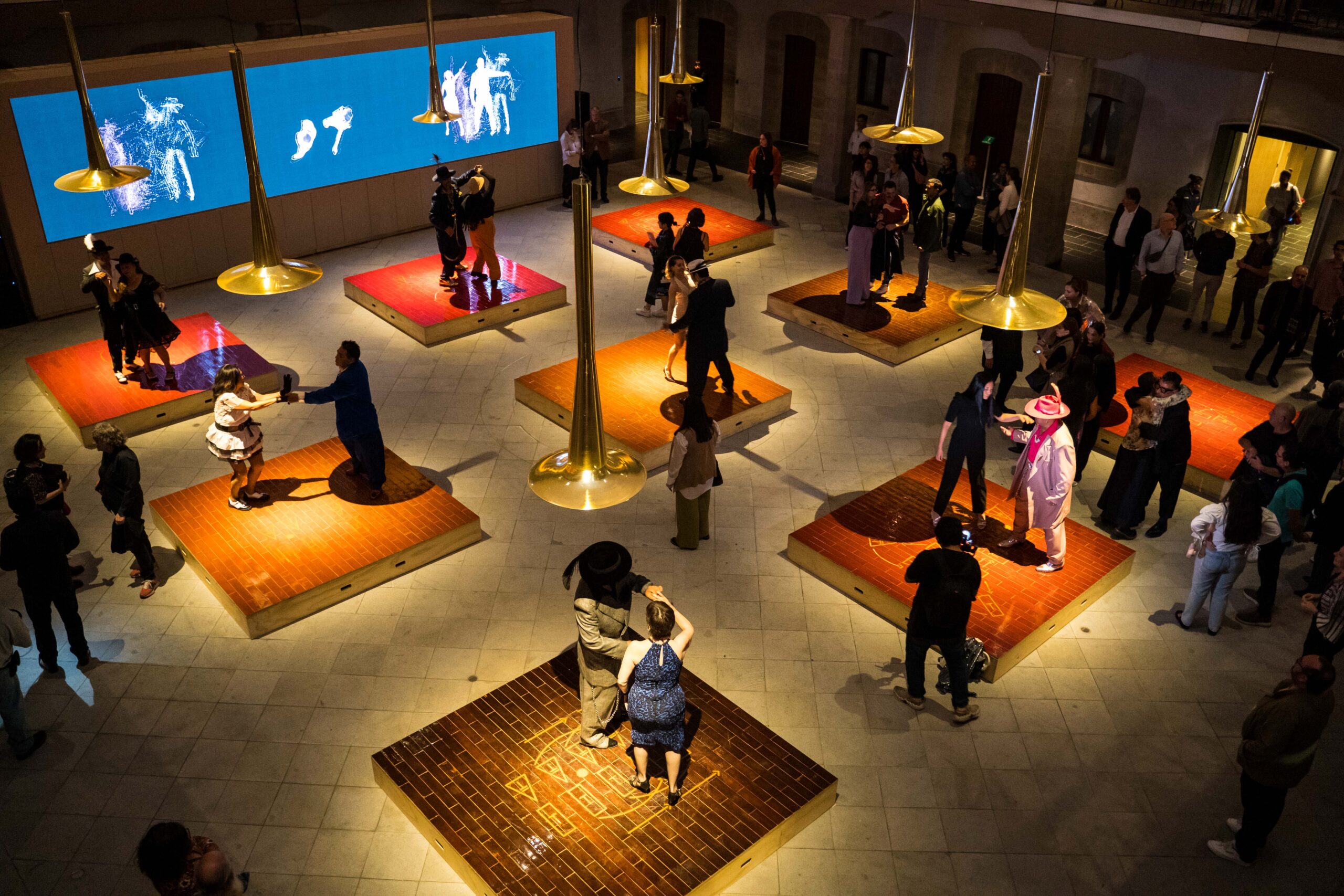
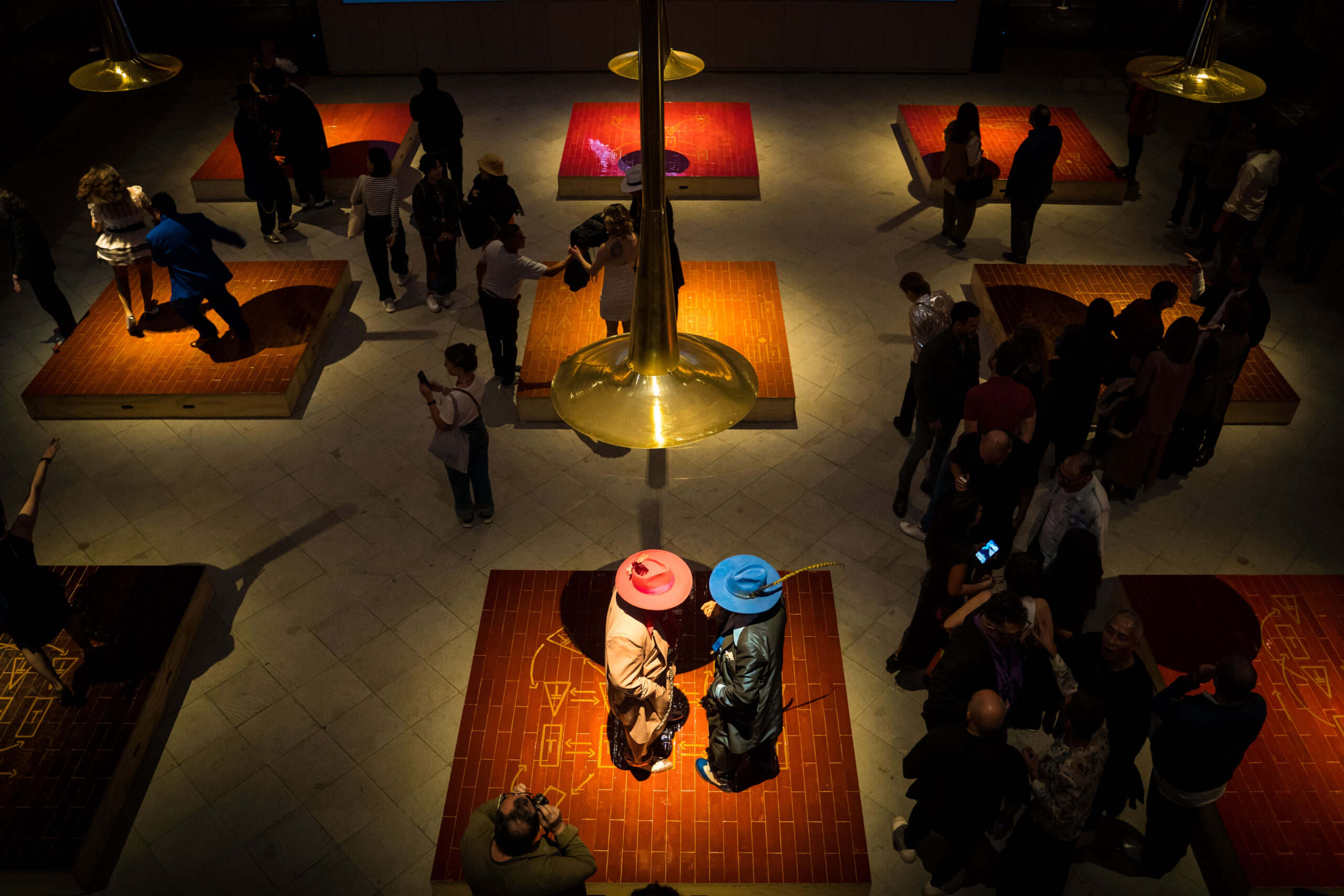
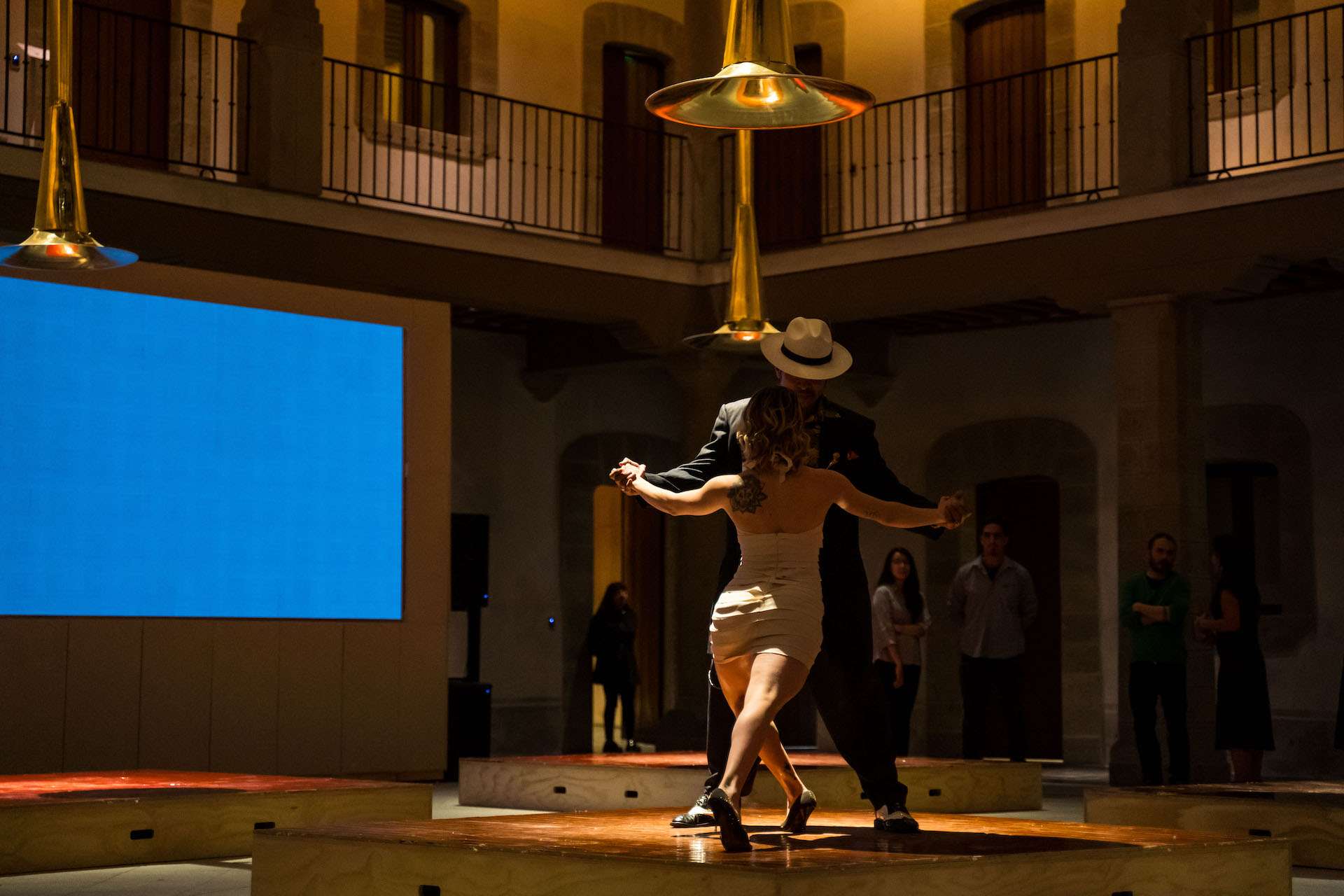
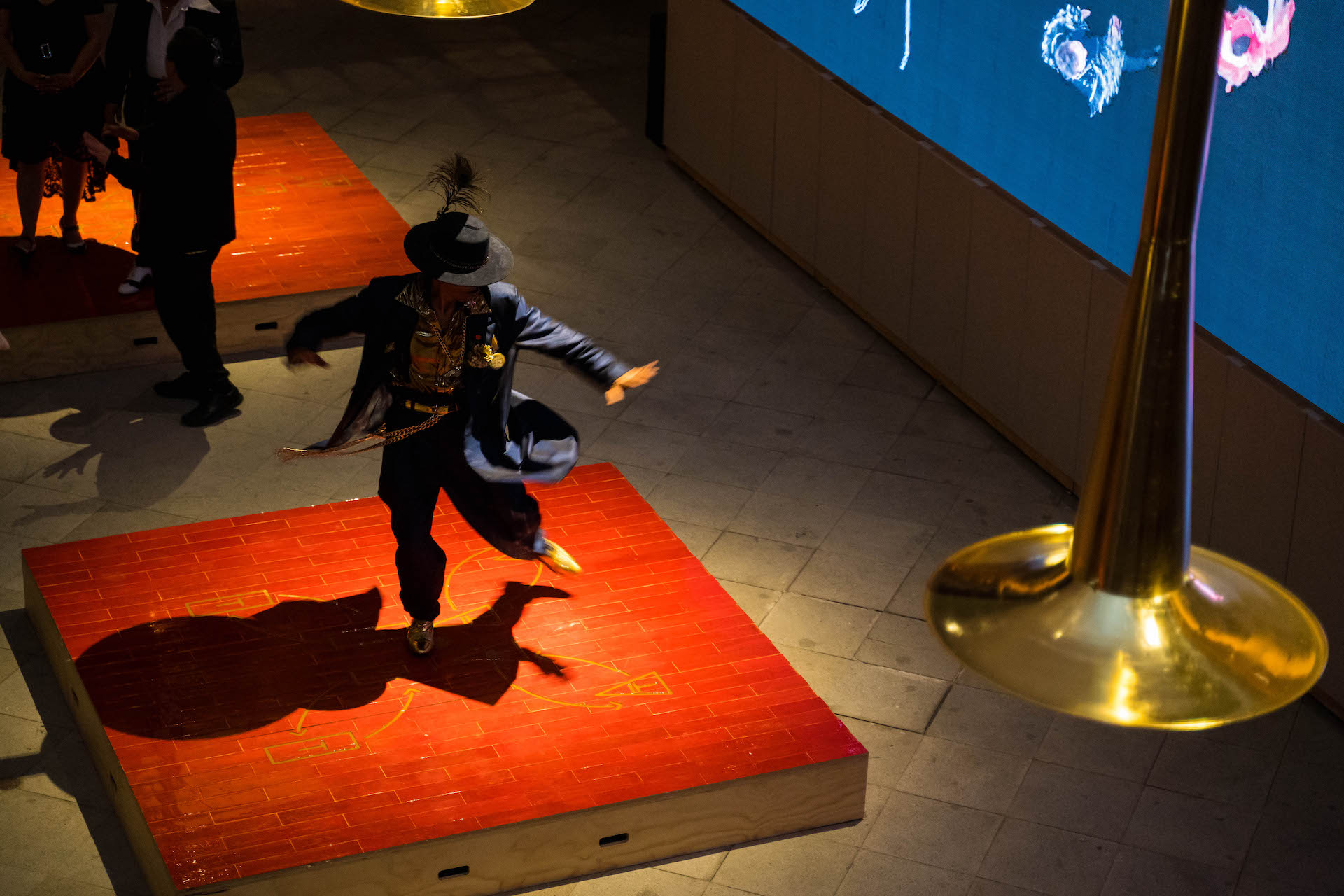
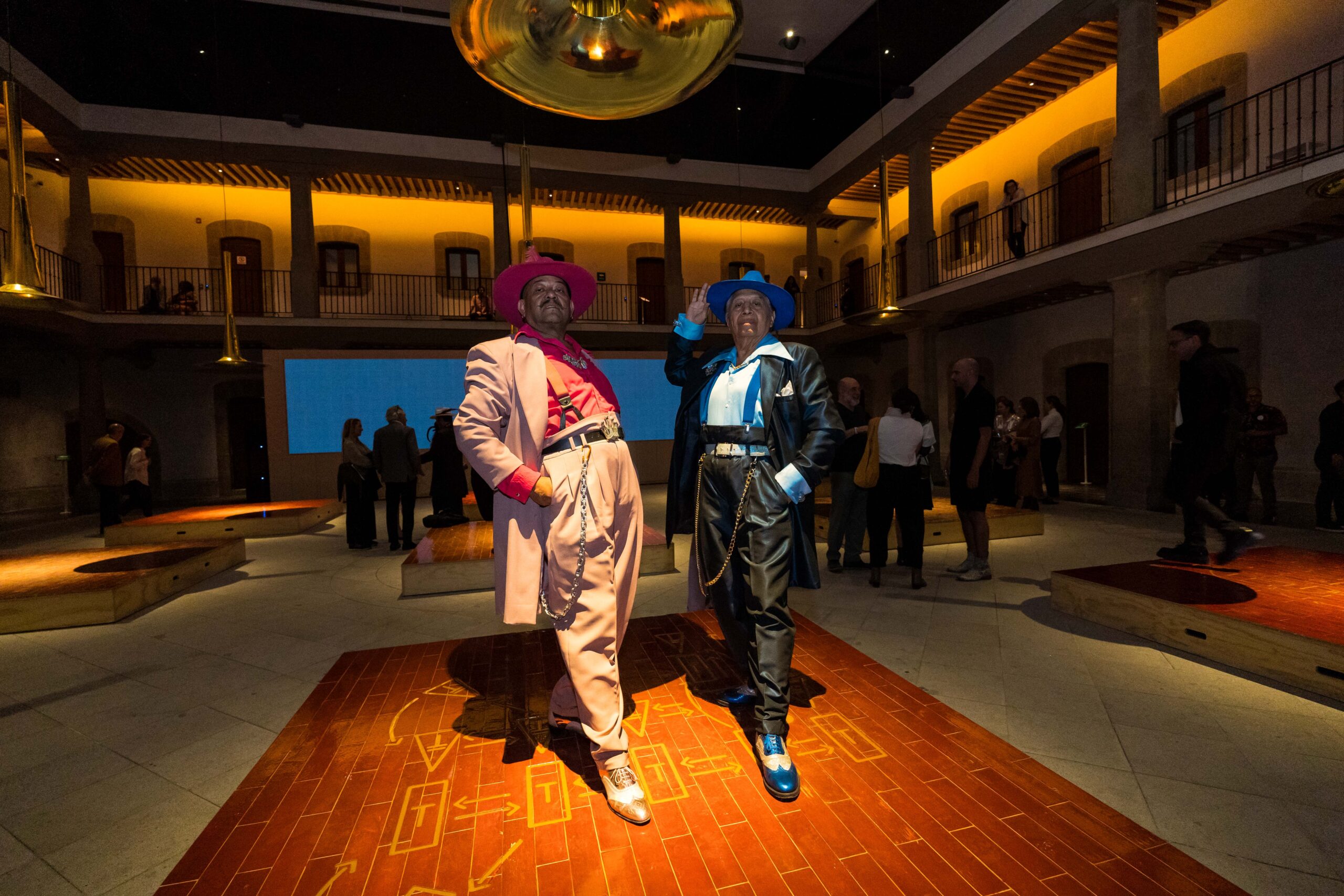
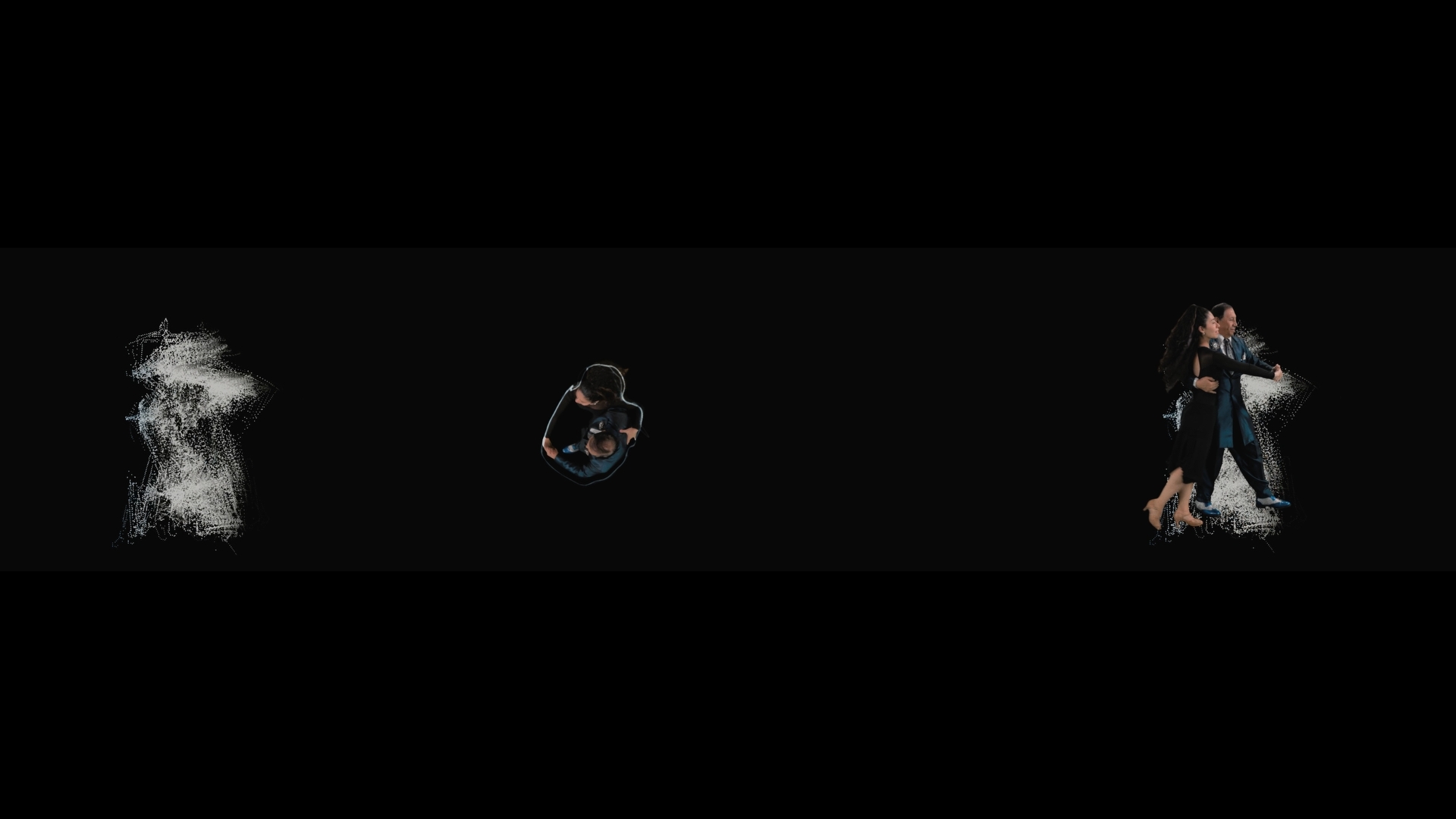
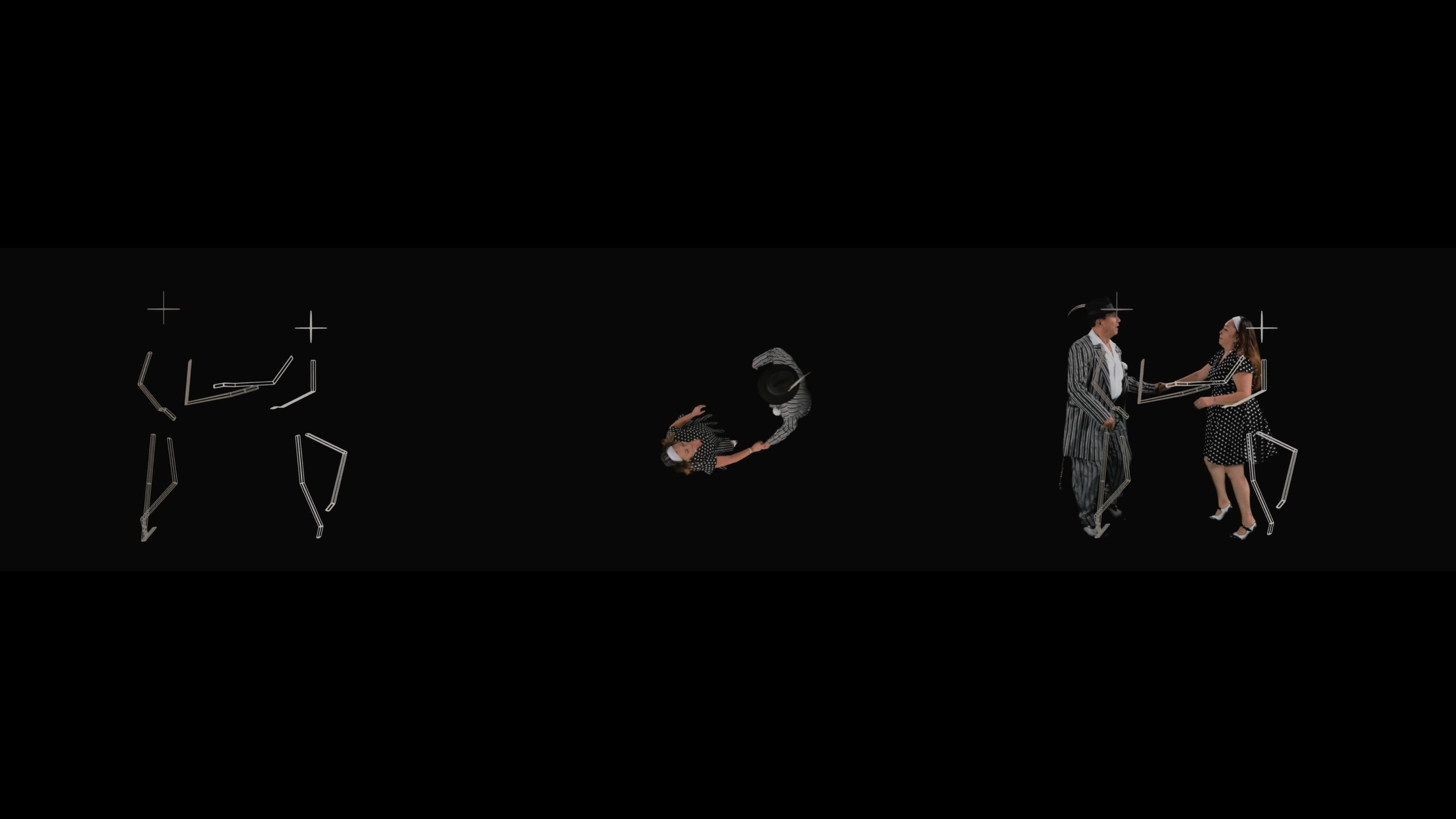
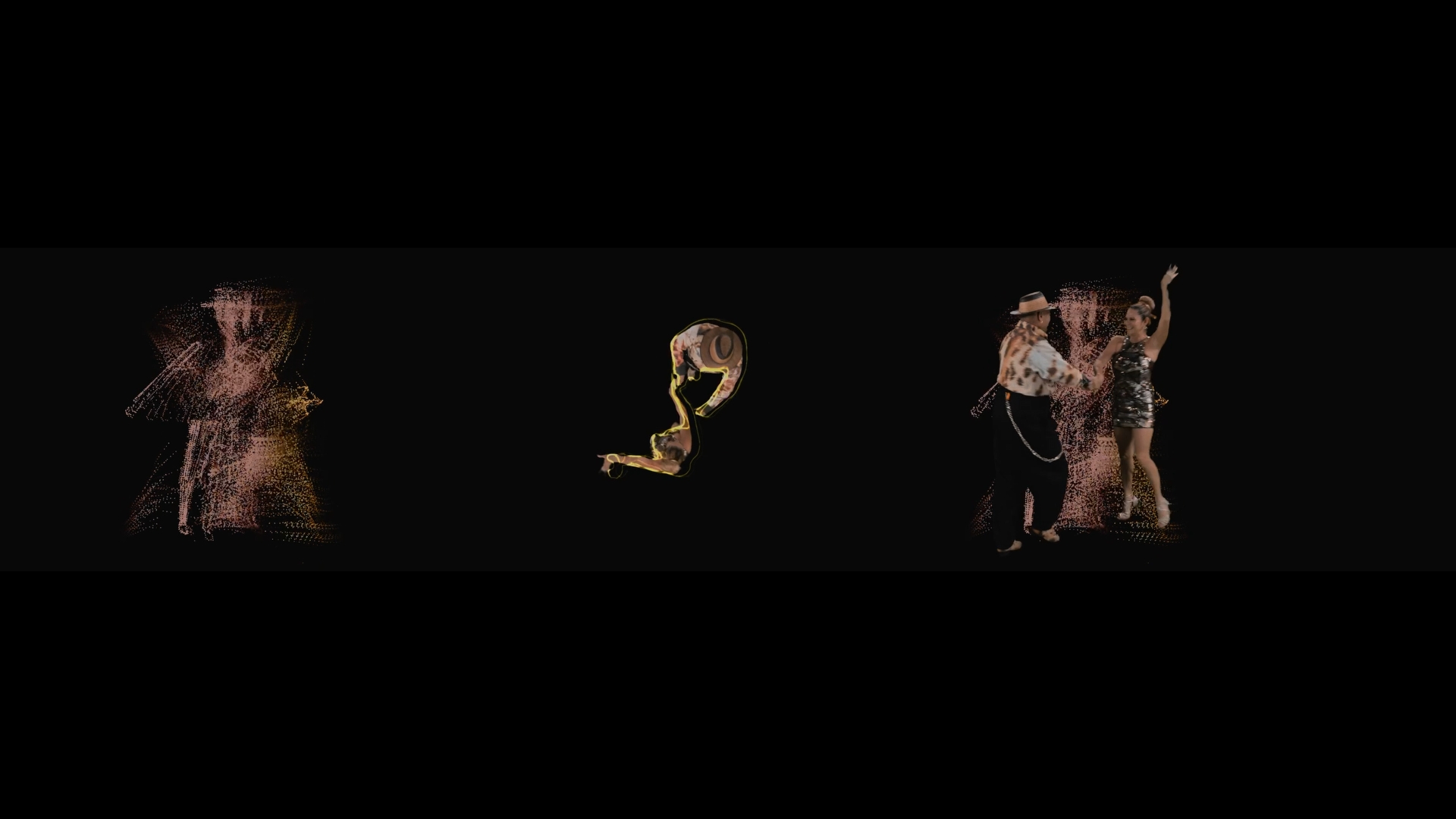
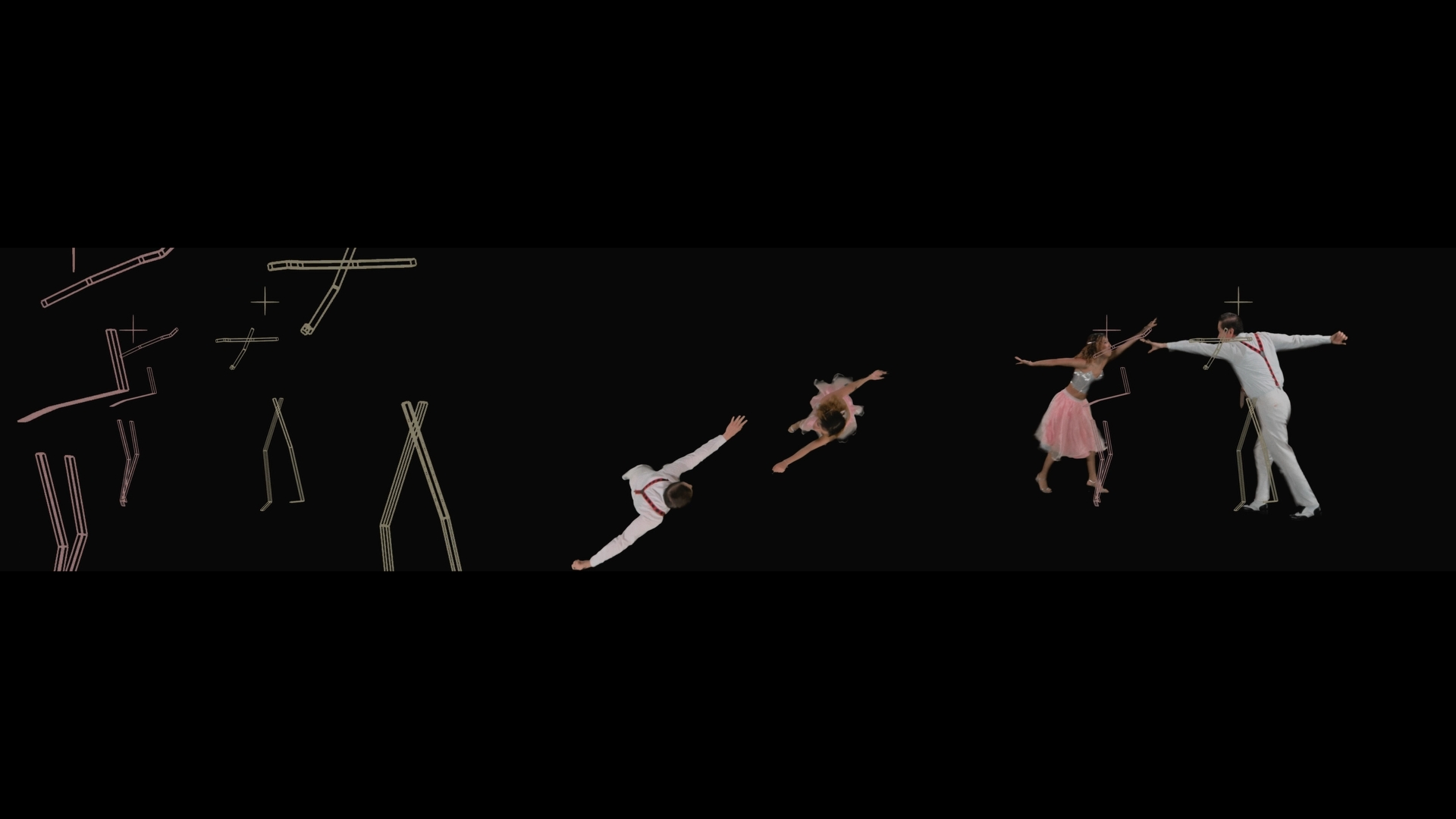
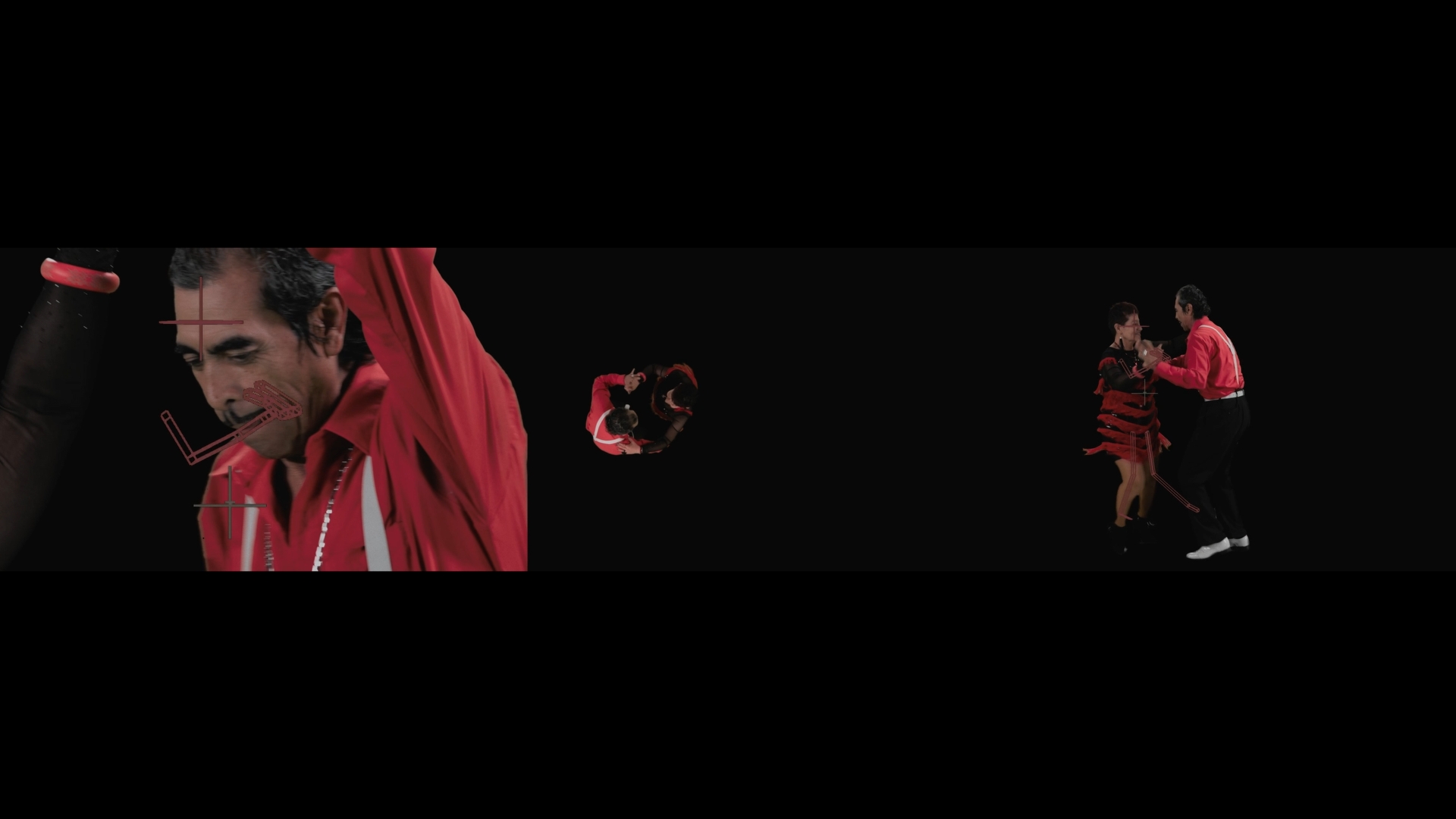
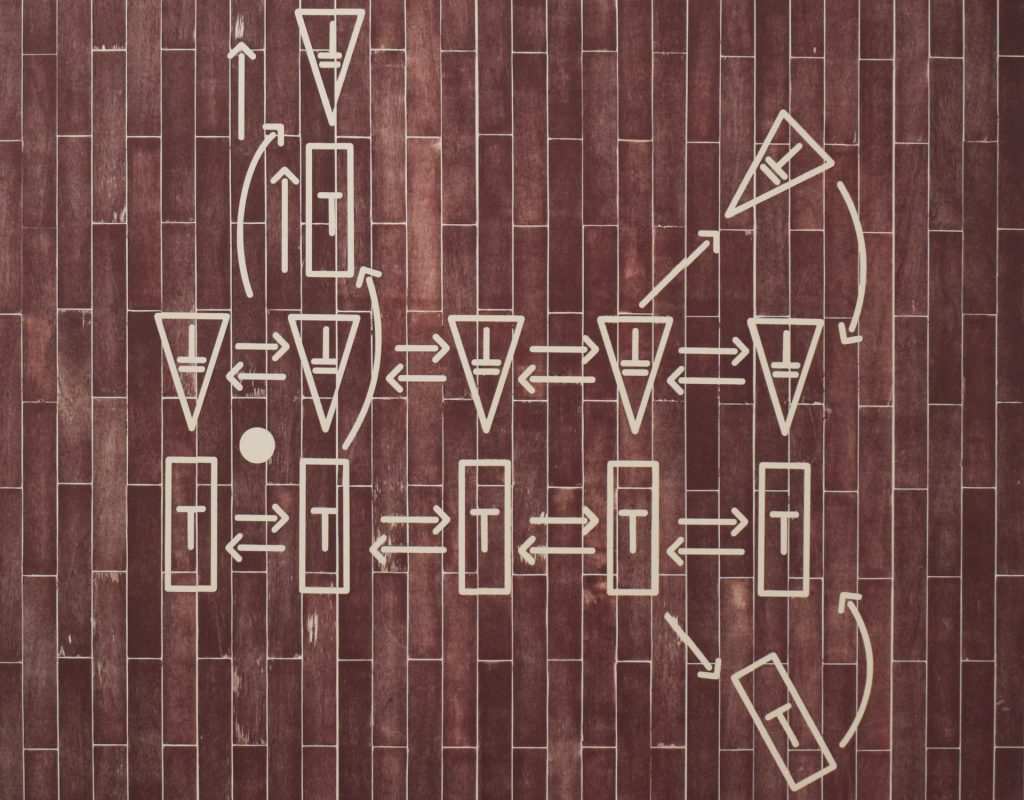
Woodcuts
Ficha Técnica
DETALLES DEL PROYECTO
The wooden platforms (240 x 240cm) that are part of the sound sculptures where the steps of the rhythms were previously carved, served as printing plates for 9 unique edition large-format woodcuts on Japanese xuan paper on canvas.
DETALLES DEL PROYECTO
DETALLES DEL PROYECTO
DETALLES DEL PROYECTO
DETALLES DEL PROYECTO
DETALLES DEL PROYECTO